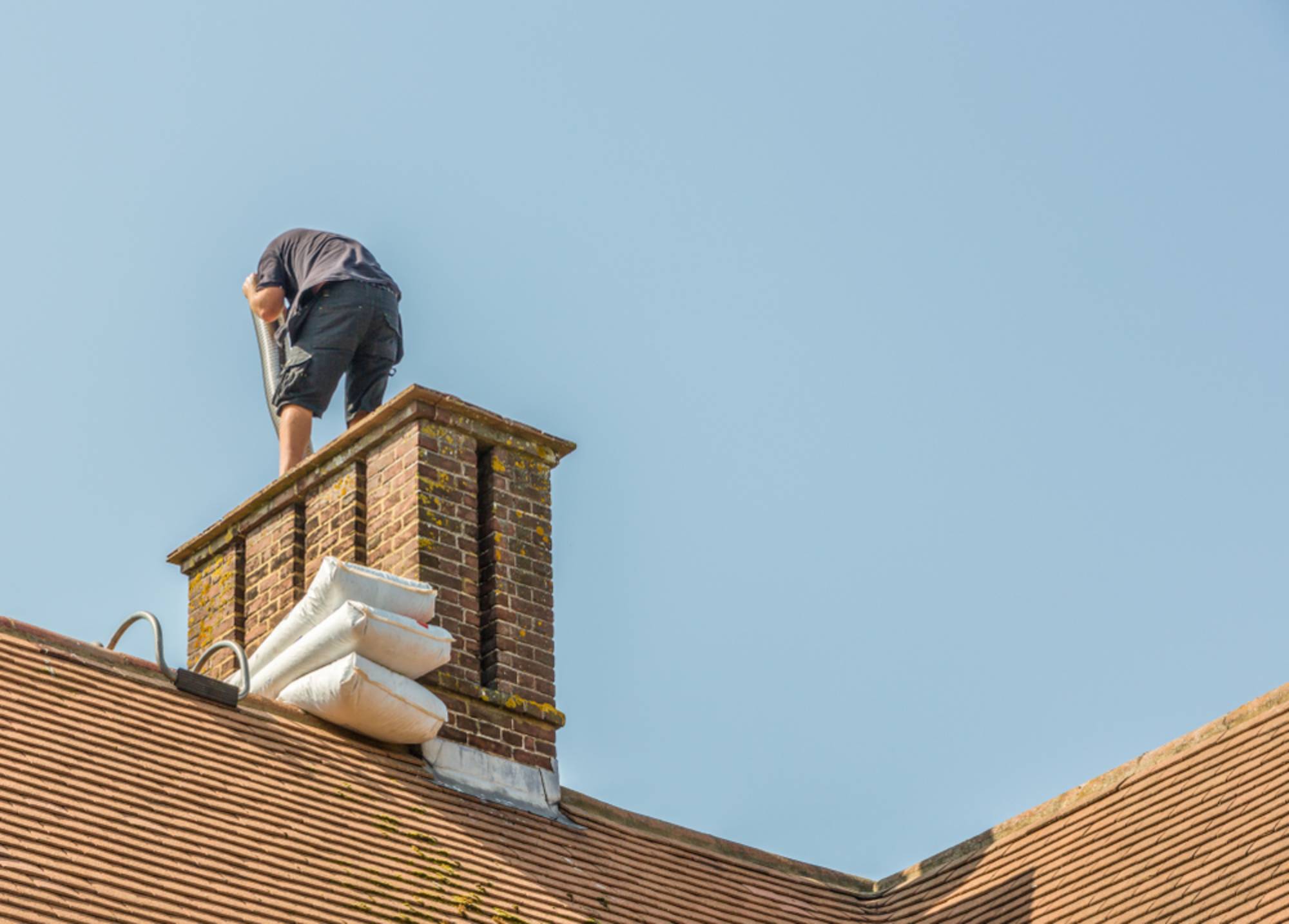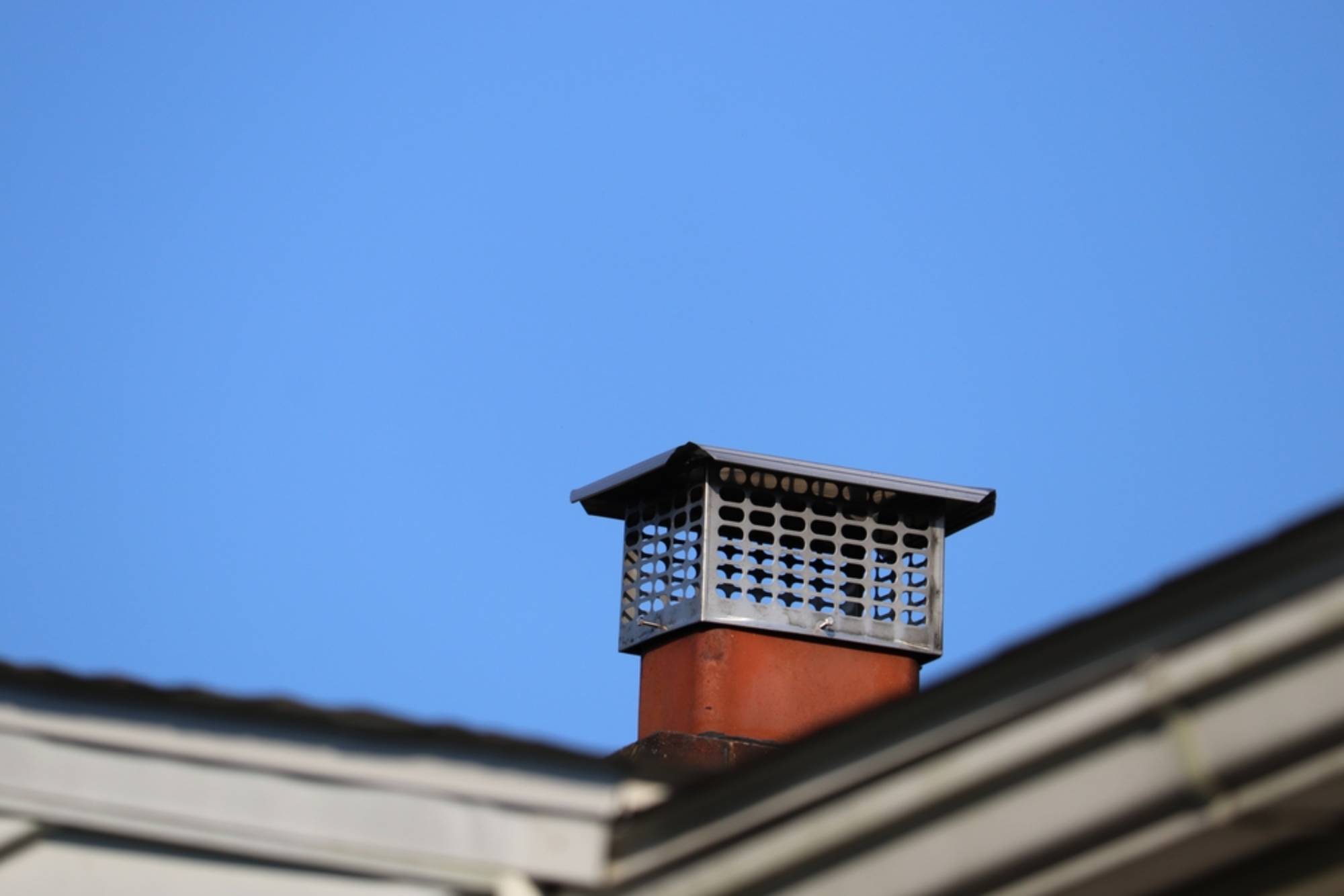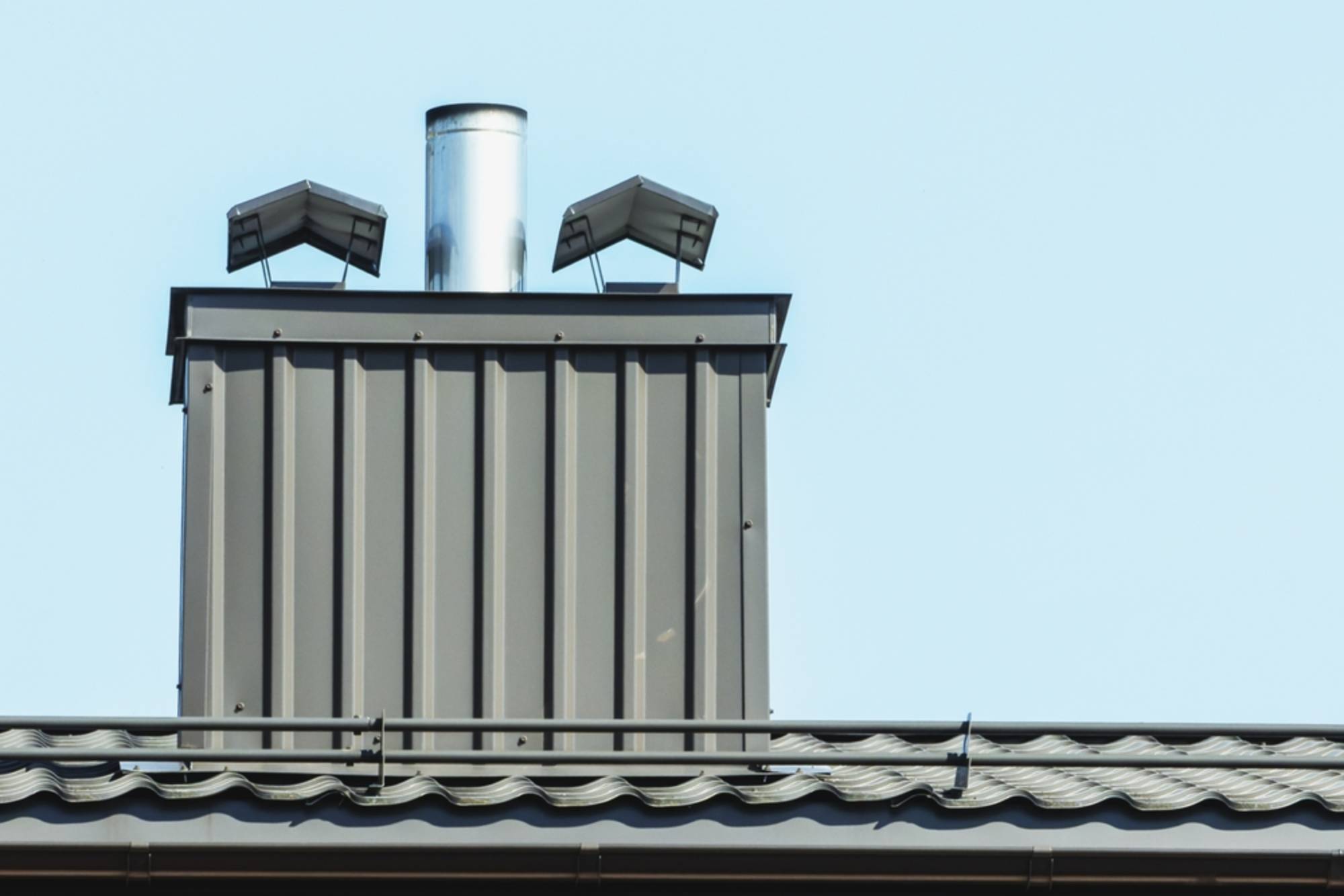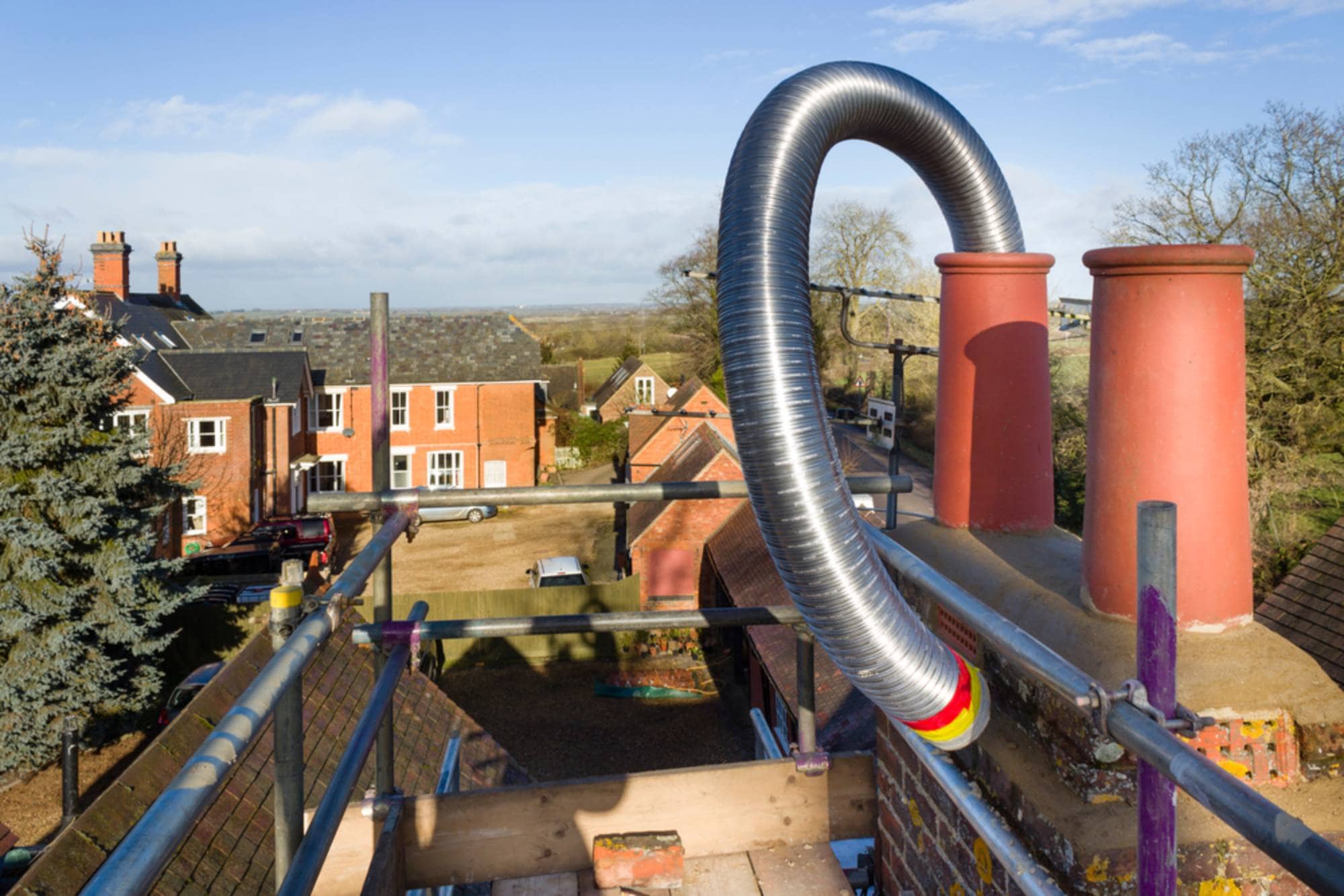Protect your family from carbon monoxide poisoning and house fires with certified chimney liner installation that actually works.

Hear from Our Customers

When your chimney liner fails, you’re not just looking at expensive repairs. You’re risking carbon monoxide poisoning and house fires that could destroy everything you’ve worked for.
A properly installed chimney liner creates a barrier that keeps dangerous gases flowing safely out of your home instead of seeping into your living spaces. Your heating system runs more efficiently, your energy bills drop, and you sleep better knowing your family is protected from invisible threats.
Most homeowners in Reservoir don’t realize their original clay liners are cracking and failing until dangerous gases start leaking into their homes. Professional liner installation fixes the problem permanently, often paying for itself through improved heating efficiency and avoided emergency repairs.
Above and Beyond Chimney has been installing chimney liners throughout Providence County for years, and we’ve seen what happens when unlicensed contractors cut corners. That’s exactly why we only use licensed, insured technicians who understand Rhode Island’s building codes.
We’re not the cheapest option in Reservoir, and that’s intentional. When you’re dealing with something that protects your family from carbon monoxide and house fires, cutting corners isn’t worth the risk. Our installations meet or exceed all local requirements because your family’s safety matters more than saving a few dollars.
Providence County’s freeze-thaw cycles are particularly hard on chimney systems. We’ve worked on hundreds of homes from Reservoir to surrounding communities, and we understand exactly what challenges your chimney faces in our New England climate.

First, we inspect your existing chimney with specialized cameras to determine the right liner type and size for your specific heating system. Most homes in Reservoir benefit from flexible stainless steel liners, which adapt to your chimney’s shape and provide decades of reliable service.
Next, we carefully remove any old, damaged liner material and prepare the flue for installation. The new liner gets lowered into place and properly secured, with all connections sealed to prevent gas leaks. We add insulation around the liner when needed to prevent condensation and improve efficiency.
Finally, we test the entire system to ensure proper draft and safe operation. The whole process typically takes four to eight hours, depending on your chimney’s height and condition. You get a system that’s built to last, installed to code, and backed by our commitment to quality workmanship.

Ready to get started?
Whether you need furnace liners, fireplace liners, or wood stove connections, we handle all types of chimney liner installation in Reservoir. Stainless steel liners work with any fuel type and last 15 to 20 years with proper maintenance, making them the smart choice for Providence County homes.
Reservoir’s location in Providence County means your chimney deals with harsh winters that create freeze-thaw cycles, cracking clay liners over time. Humid summers accelerate corrosion in older liner materials. That’s why we recommend stainless steel liners for their proven durability and resistance to New England’s temperature extremes.
Every installation includes proper insulation when needed, secure connections at top and bottom, and full compliance with Rhode Island’s mechanical codes. We handle all required permits and inspections, so you don’t have to navigate the paperwork. Your new liner comes with manufacturer warranties and our guarantee of professional workmanship.

Local Resources